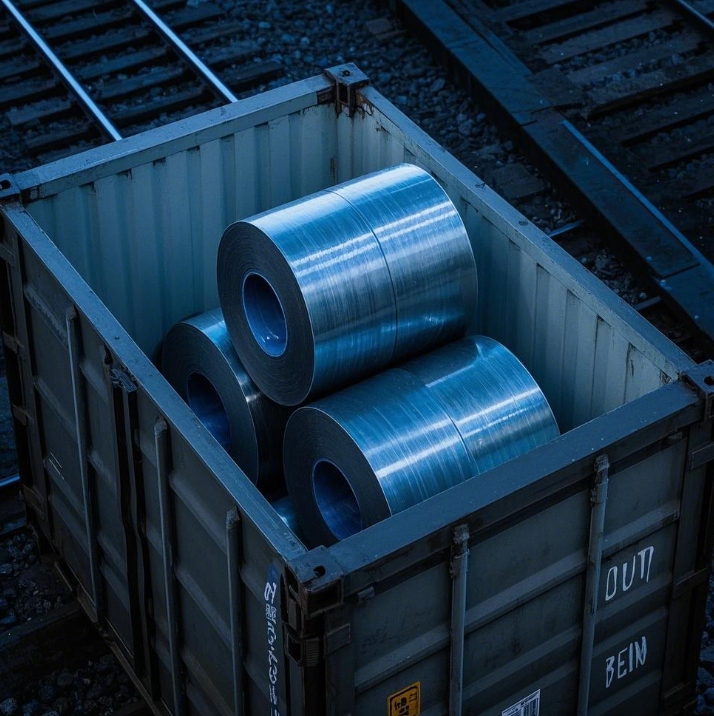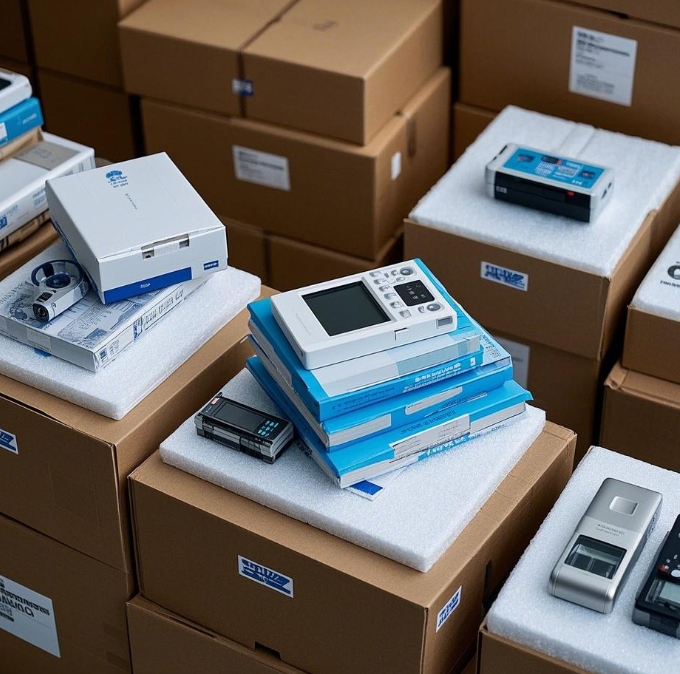



The secret war of high-temperature tape transportation: the "invisible pusher" behind the 200% surge in freight
Road transportation: the "pricing trap" behind flexibility
As the first choice for short-distance transportation, road transportation seems transparent but has hidden mysteries:
Charging rules: charge by "ton-kilometer" or "square kilometer" (take the higher value), for example:
Yangtze River Delta region: 1.2-1.8 yuan/kilometer·ton
Pearl River Delta to Central China: 0.8-1.2 yuan/kilometer·ton
Hidden price increase: night tolls and special vehicle surcharges can increase costs by 15%.
Time gambling: dedicated logistics that promise "48 hours to arrive" actually has an on-time rate of only 67% (2024 logistics industry data).

An electronics factory once chose a "low-cost fleet" to transport high-temperature tape worth 800,000 yuan, encountered multiple transfers and reverse shipments, and the arrival was delayed by 5 days, and the production line stopped working and lost more than 100,000 yuan.
Railway transportation: the "cost black hole" and solution for bulk orders
Although railway transportation has scale advantages, it hides three major pain points:
Pain points Cost impact Solution strategy
Minimum starting volume 60 tons/carriage Combine orders and share cars
Loading and unloading losses 0.5%-1.2% Insure "full liability insurance"
Marshaling yard detention Average daily storage fee 200 yuan/ton Sign "72-hour departure" supplementary terms

Case: A photovoltaic company reduced the transportation cost from Northwest to East China from 0.6 yuan/ton-kilometer to 0.42 yuan through the "railway + highway" intermodal mode, saving more than 800,000 yuan in freight annually.
Air transportation: emergency rescue or "cost suicide"?
The unit price of air freight can be 5-8 times that of road freight, but it still has strategic value in specific scenarios:
Volume weight trap: air freight is charged based on the actual weight and the higher value of the volume weight (length × width × height ÷ 6000).
Example: 10 boxes of tape (actual weight 200kg, volume weight 240kg), charged at 240kg.
Time premium formula:
Total cost of air freight = standard freight × 1.5 (peak season surcharge) + security reinforcement fee (300-800 yuan/ticket)
[Figure 3: Air cargo compartment loaded with high temperature resistant tape, source: example.com/air_freight.jpg]
Figure 3: Air freight cargo requires special insulation packaging, and the cost increases by 8%-12%
Extreme case: A car company urgently transported 500℃ resistant tape by air due to a sudden failure of the production line. Although the freight cost was 24,000 yuan, it avoided a single-day production stoppage loss of 3.5 million yuan.
Three ways to optimize freight rates: squeeze logistics costs into the gap
“Volume magic”: use folding pallets to increase loading rate by 20%, and reduce highway freight by 15%.
“Off-season stockpiling”: sign a quarterly transportation framework agreement in March and April each year to lock in freight discounts (usually 80%-90% off).
“Digital penetration”: access the logistics TMS system, real-time price comparison + intelligent route planning, and dynamically select the best solution.
A medical equipment manufacturer uses AI logistics brain to automatically match transportation resources, reducing the average freight cost by 22%, and increasing the on-time arrival rate to 92%.
Future battle: New energy logistics reconstructs the cost boundary
Industry changes are rewriting transportation rules:
Electric heavy trucks: Short-distance transportation costs are reduced by 30%, but the load is reduced by 15% (battery weight).
Hydrogen freight: The pilot route freight is 18% lower than that of diesel vehicles, and the coverage rate of hydrogen refueling stations has become a bottleneck.
Unmanned fleet: Unmanned transportation at night can reduce costs by 25%, but policy restrictions have not been relaxed yet.
Conclusion: The essence of high-temperature tape transportation is "time-space value conversion". Purchasers need to establish a three-dimensional evaluation model of cost-time-risk and replace empiricism with data decision-making. Remember: every cent of freight saved is ammunition to fight against supply chain uncertainty!




